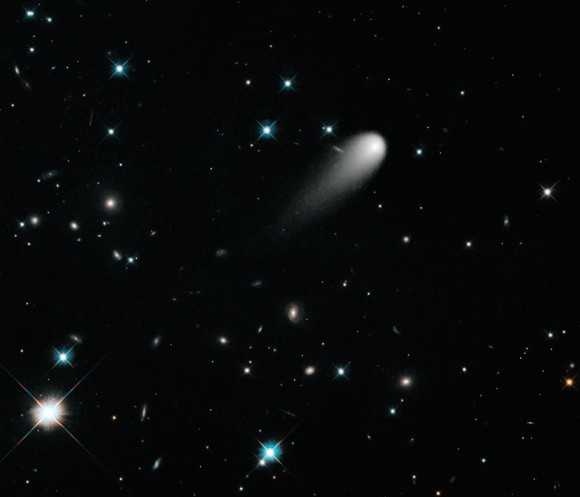
|
This image of Uranus was obtained in 2005 by the Hubble Space Telescope. Rings, southern collar and a bright cloud in the northern hemisphere are visible.Credit: NASA, ESA, and M. Showalt |
Here is a trivia question: Not including our own planet Earth, how many planets are visible without using any optical aid, be it binoculars or a telescope? Most people will usually answer five: Mercury, Venus, Mars, Jupiter and Saturn.
But in actuality, the correct answer is six.
The sixth planet which can be spied without optical aid is the planetUranus. This week will be a fine time to try and seek it out, especially since it favorably placed for viewing in our evening sky now that the bright Moon has finally moved out of the way. In addition, on Oct. 3 Uranus will be at opposition to the sun all will be visible in the sky all night



